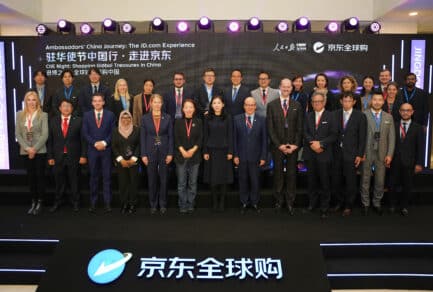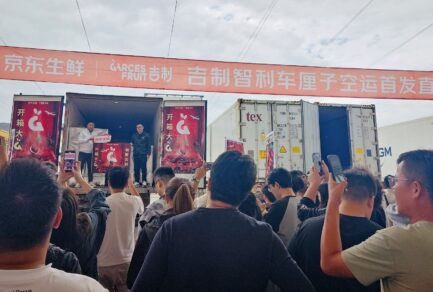Apr 28, 2021|
WRC Connected 2021: Chenkai Ling: Four Things the Pandemic May Have Permanently Changed about Retail
by Ella Kidron
The COVID-19 pandemic has changed many things about retail, some of the changes are likely to remain for the long haul. Mr. Chenkai Ling, Vice President of JD.com, and Head of Strategy, JD Retail, shared his views on this during the World Retail Congress’ WRC Connected 2021 virtual event on Apr. 26. The discussion was moderated by Benjamin Zheng, lead partner of global strategy consulting firm EY-Parthenon.
1. Online grocery retail is here to stay
When COVID-19 just started, a lot of consumers flooded into online grocery. This was a deviation from their previous behavior when the top grocery shopping destinations were wet markets, or local, physical grocery stores. “Grocery shopping online is not only a phenomenon but became a habit for many consumers. This is across all ages.” The trend is true across different city tiers. During last year’s Singles Day (November 11th), new customers for JD Super, JD’s supermarket business, came from lower-tier cities (tier 3-6 cities).
2. New grocery formats are emerging
When it comes to online grocery, many new store formats are popping up, such as the warehouse + physical store format, the front-end warehouse format, the community group purchase format, and the traditional B2B2C format. “We believe that this trend will continue, and online penetration for the grocery category will continue,” said Ling.
3. The rise of the proximity economy
Under the pandemic, many areas were locked down and consumers were relegated to grocery or convenience stores within their apartment compound. “The limitation of movement really helped to promote the proximity economy,” said Ling. This is especially the case in online to offline models. JD has integrated its inventory with a lot of brick and mortar stores closest to the consumers’ apartment compounds, so consumers could place orders and get products within 30 minutes, which is less than a round trip to walk to the store.
4. More individualized consumer demand.
Consumer demands today are even more and more individualized and precise than previously. Ling cited that under the pandemic, consumers’ demand for refrigerators with sterilization capabilities has boomed. “We saw this trend and we worked with the upstream brand owners to personalize this kind of function, and make it marketable. Later on this became a big success.
Watch the whole session by registering for Retail Connected 2021 here.






 Gartner Data: JD Cloud among Top 5 IaaS Providers in China
Gartner Data: JD Cloud among Top 5 IaaS Providers in China



